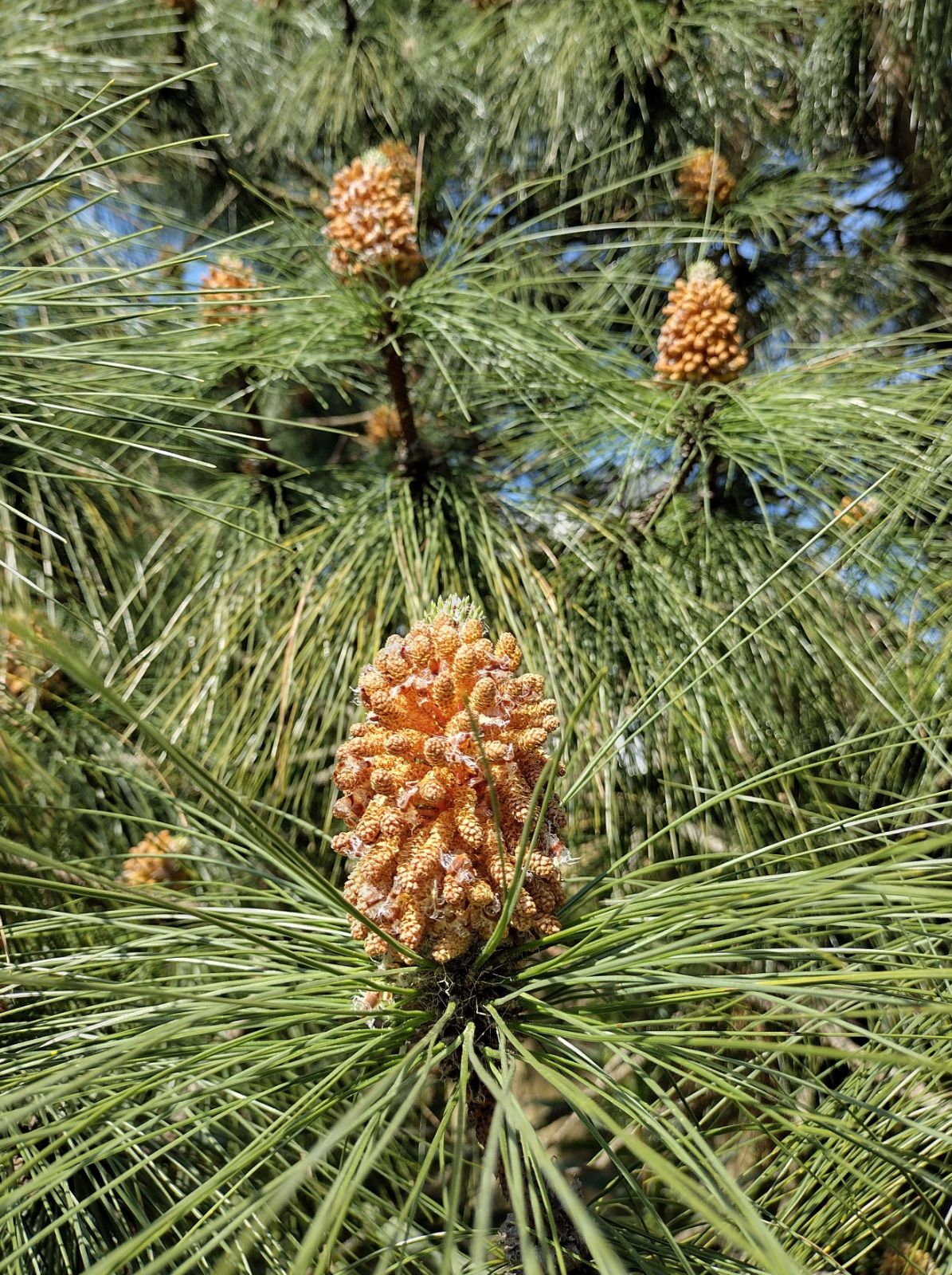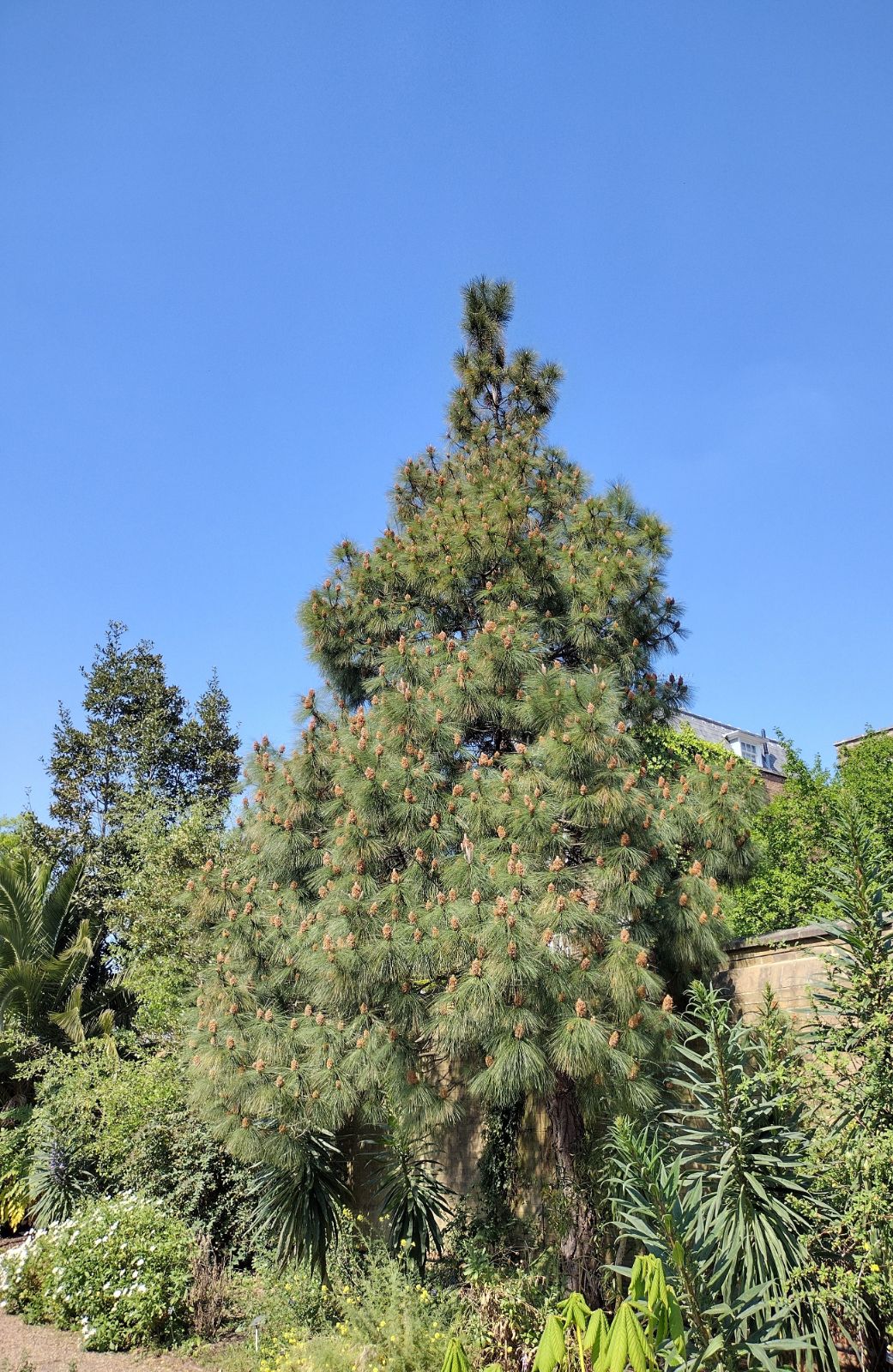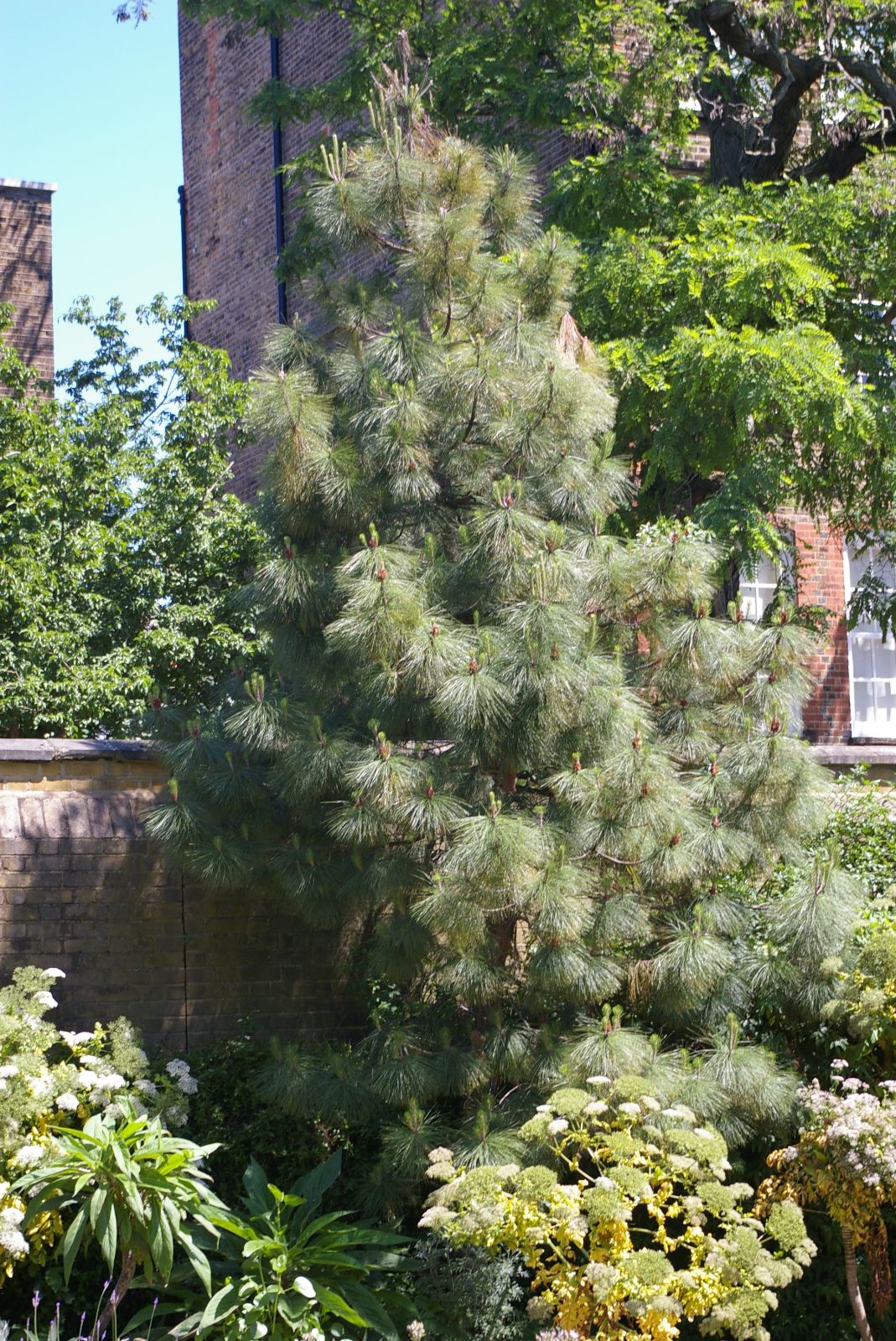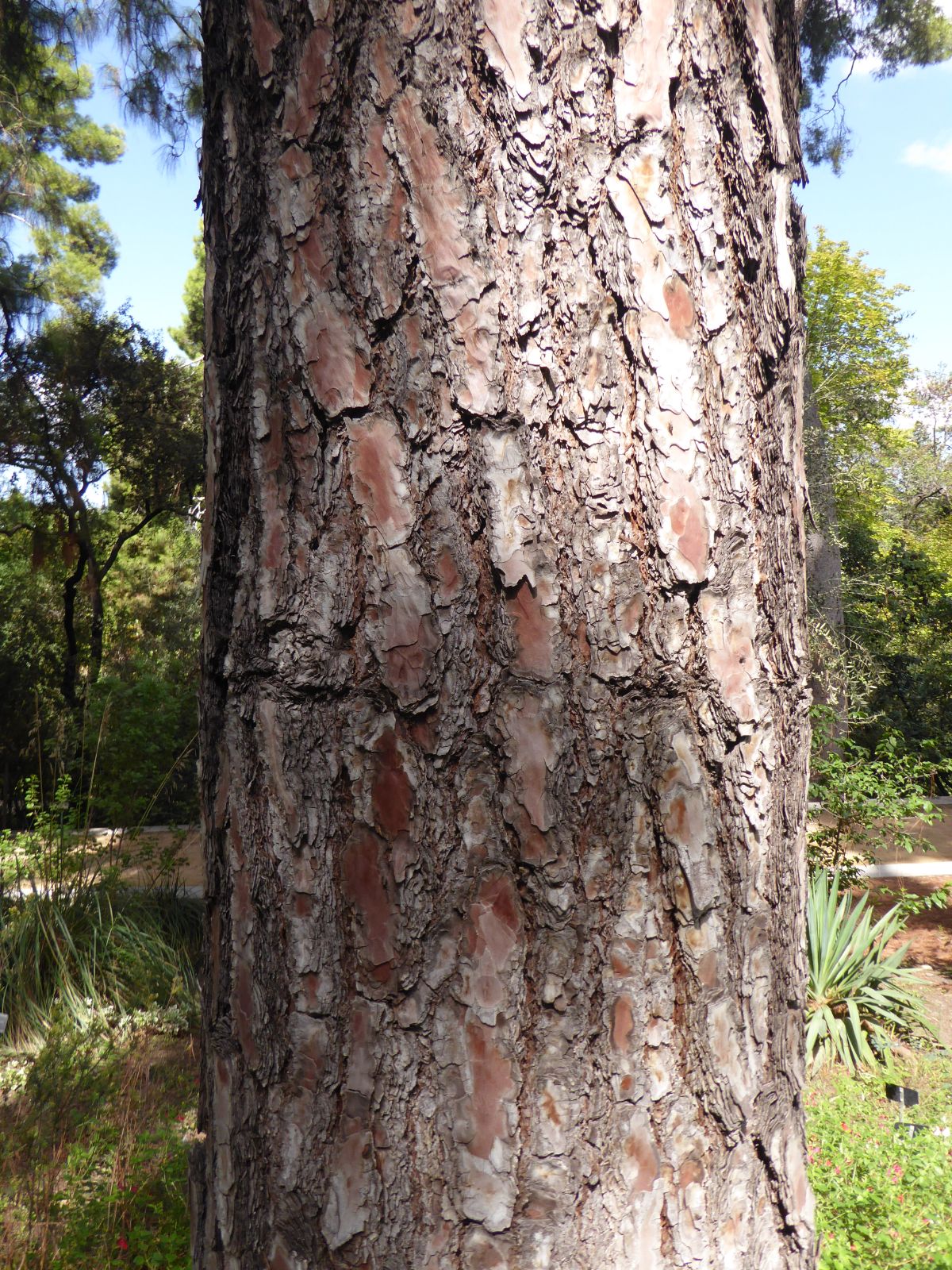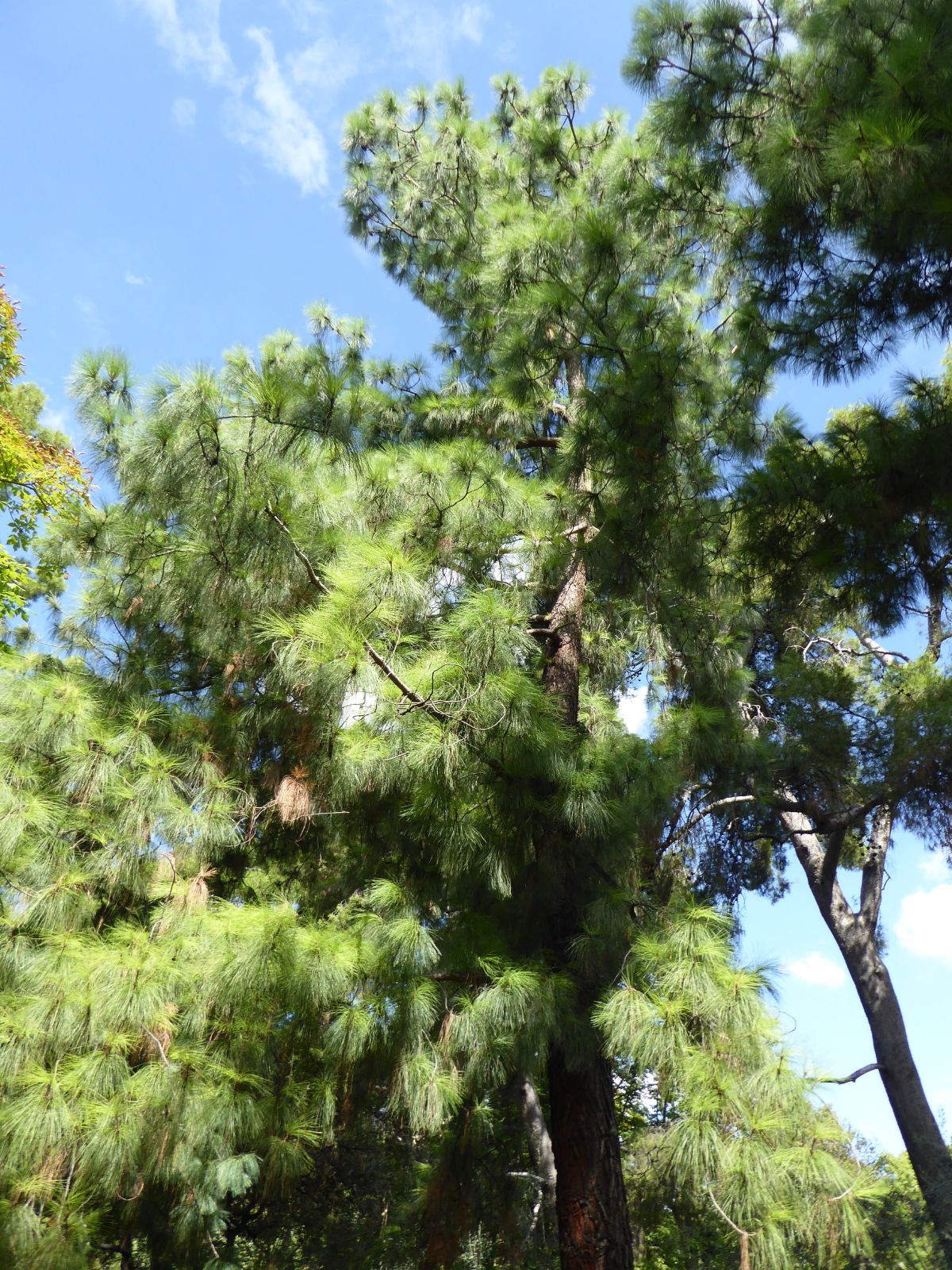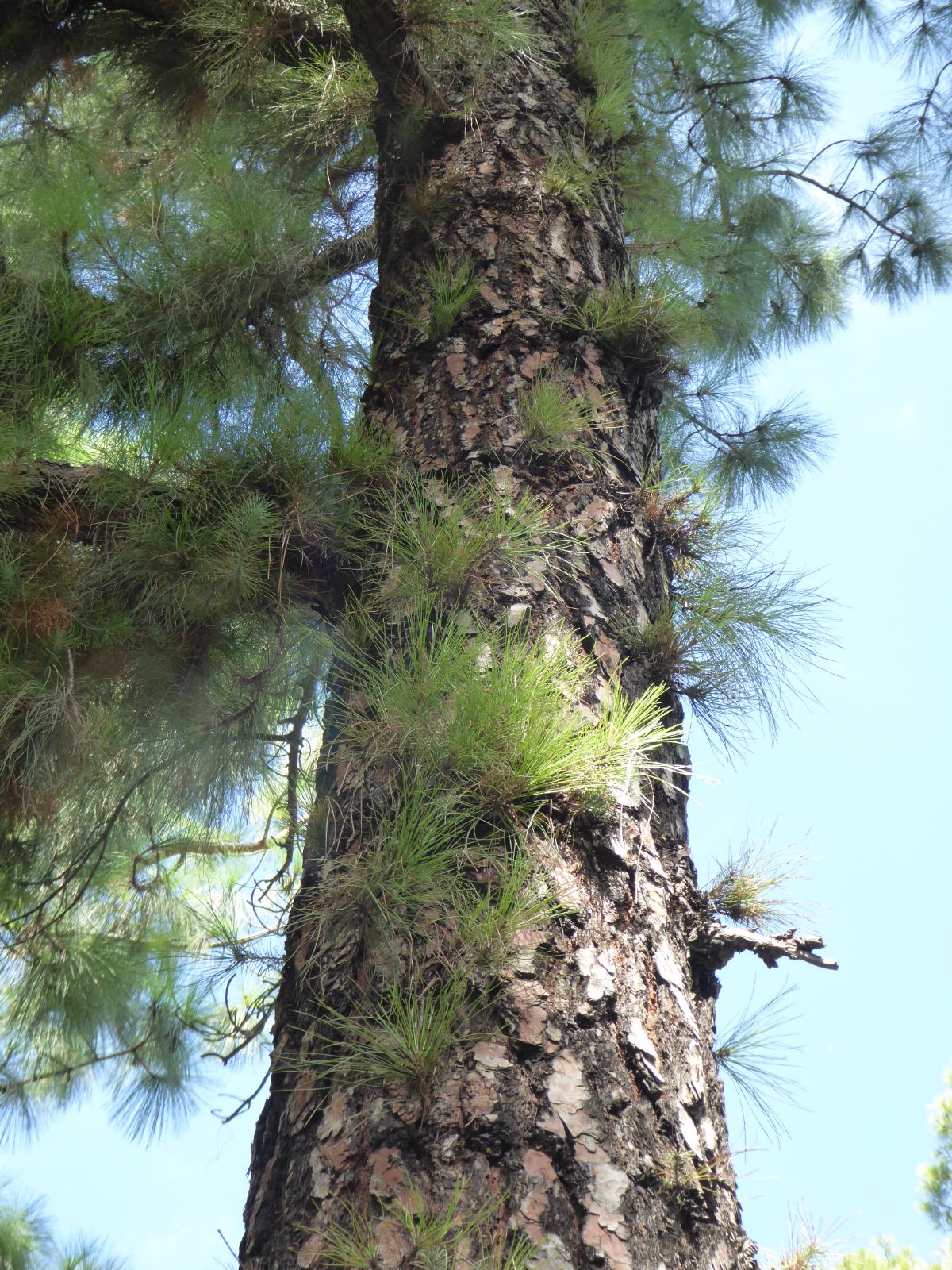Pinus canariensis
Credits
Article from Bean's Trees and Shrubs Hardy in the British Isles
Recommended citation
'Pinus canariensis' from the website Trees and Shrubs Online (treesandshrubsonline.
Genus
Common Names
- Canary Island Pine
Other taxa in genus
- Pinus albicaulis
- Pinus arizonica
- Pinus armandii
- Pinus attenuata
- Pinus ayacahuite
- Pinus balfouriana
- Pinus banksiana
- Pinus bhutanica
- Pinus brutia
- Pinus bungeana
- Pinus cembra
- Pinus cembroides
- Pinus chiapensis
- Pinus contorta
- Pinus coulteri
- Pinus culminicola
- Pinus densata
- Pinus densiflora
- Pinus devoniana
- Pinus durangensis
- Pinus echinata
- Pinus edulis
- Pinus elliottii
- Pinus engelmannii
- Pinus eremitana
- Pinus flexilis
- Pinus gerardiana
- Pinus greggii
- Pinus × hakkodensis
- Pinus halepensis
- Pinus hartwegii
- Pinus heldreichii
- Pinus henryi
- Pinus × holfordiana
- Pinus hwangshanensis
- Pinus jeffreyi
- Pinus johannis
- Pinus koraiensis
- Pinus lambertiana
- Pinus leiophylla
- Pinus longaeva
- Pinus massoniana
- Pinus maximartinezii
- Pinus monophylla
- Pinus montezumae
- Pinus monticola
- Pinus morrisonicola
- Pinus mugo
- Pinus muricata
- Pinus nelsonii
- Pinus nigra
- Pinus oocarpa
- Pinus orizabensis
- Pinus palustris
- Pinus parviflora
- Pinus patula
- Pinus peuce
- Pinus pinaster
- Pinus pinceana
- Pinus pinea
- Pinus ponderosa
- Pinus pseudostrobus
- Pinus pumila
- Pinus pungens
- Pinus quadrifolia
- Pinus radiata
- Pinus remota
- Pinus resinosa
- Pinus rigida
- Pinus roxburghii
- Pinus sabiniana
- Pinus serotina
- Pinus sibirica
- Pinus strobiformis
- Pinus strobus
- Pinus sylvestris
- Pinus tabuliformis
- Pinus taeda
- Pinus taiwanensis
- Pinus teocote
- Pinus thunbergii
- Pinus torreyana
- Pinus virginiana
- Pinus wallichiana
- Pinus wangii
- Pinus yunnanensis
A tree upwards of 80 ft high and 10 ft in girth of trunk, of conical shape, with somewhat pendulous branches; young shoots yellowish, not downy; winter-buds ovoid, pointed, 3⁄4 in. long, 1⁄2 in. wide; bud-scales reddish brown, free and reflexed at the top, but matted together lower down by a fringe of whitish bristles. Leaves in bundles of three, very slender, minutely toothed, averaging 8 or 9 in. in length (sometimes 12 in.) with two to four lines of stomata on each surface; basal sheath persistent, 1⁄2 to 3⁄4 in. long. Cones solitary or several together, more or less deflexed, 5 to 8 in. long, 3 in. wide, the exposed part of the scales of rhomboid outline and pyramidal shape, altogether resembling those of P. pinaster. Seeds with a wing over 1 in. long. The leaves remain on the shoots for two seasons.
Native of the Canary Islands and once very plentiful there, but now becoming restricted to the higher altitudes and less accessible places. It is most abundant on Tenerife and Grand Canary. At one time the islands contained many giant trees, most of which have been felled.
This pine is only hardy in our mildest localities. The largest of the very few examples is at Tresco Abbey in the Isles of Scilly, and measures 85 × 71⁄2 ft (1970). A tree at Mount Usher, Co. Wicklow, Eire, is 39 × 21⁄2 ft (1966). It makes a fine tree on the Riviera, where it succeeds on calcareous soil, and is grown in other parts of the world with a warm temperate climate, both as an ornamental and for its timber, which is exceedingly durable and ranks with the best types of pinewood.
From the Supplement (Vol. V)
specimens: Tresco Abbey, Isles of Scilly, 85 × 71⁄2 ft (1970); Mount Usher, Co. Wicklow, Eire, 53 × 31⁄2 ft (1975).

